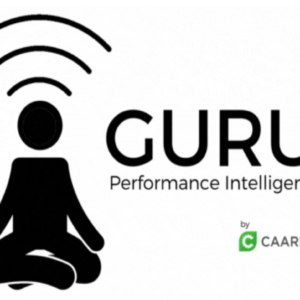Summary
Discover how emotional intelligence can revolutionize employee engagement and retention through practical, data-driven strategies.
Main Points
– Emotionally intelligent organizations see a 21% increase in profitability (Gallup, 2020).
– Turnover costs can be reduced by 33% per employee when retention improves (Work Institute, 2021).
– Engaged employees are 17% more productive (Gallup, 2020).
Introduction
I remember a time when I worked with a client who was struggling with high turnover and low employee engagement. The team was talented, but something was missing—an emotional connection. This experience taught me the power of emotionally intelligent strategies in transforming workplace culture.
The Problem
Organizations often face significant challenges with employee engagement and retention. High turnover rates can be costly, with the Work Institute (2021) estimating that turnover costs 33% of an employee’s annual salary. Additionally, disengaged teams can reduce productivity by 17% (Gallup, 2020). These issues hinder growth and create a stressful work environment.
Why This Problem Exists
The root cause of these challenges often lies in cultural misalignment and lack of emotional intelligence within leadership. Managers play a crucial role in employee engagement, accounting for 70% of the variance (Gallup, 2020). When leaders are not emotionally attuned to their teams, it leads to disengagement and high turnover.
The Solution
Implementing emotionally intelligent strategies can significantly improve employee engagement and retention. CAARMO’s Culture and Role Alignment Index (CRA) provides valuable insights into the emotional and cultural factors impacting your workforce. By leveraging these insights, consultants can develop targeted interventions to address these issues.
Engaged teams improve profitability by 21% (Gallup, 2020).
Breaking It Down
Step 1: Assess Emotional Intelligence
Start by assessing the emotional intelligence of your leadership team. Use tools like the CRA to identify gaps and areas for improvement. This step is crucial as emotionally intelligent leaders are better equipped to foster a positive work environment.
Step 2: Develop Targeted Interventions
Once you have identified the gaps, develop targeted interventions to address them. This can include training programs, workshops, and one-on-one coaching sessions focused on improving emotional intelligence and cultural alignment.
Step 3: Foster Open Communication
Encourage open and honest communication within the team. Create a safe space where employees feel comfortable sharing their thoughts and concerns. This fosters trust and strengthens the emotional connection between leaders and team members.
Turnover costs can be reduced by 33% per employee when retention improves (Work Institute, 2021).
Action Steps
To start transforming your workplace culture with emotional intelligence:
- Assess your leadership team’s emotional intelligence using tools like the CRA.
- Develop and implement targeted interventions to address identified gaps.
- Foster open communication and create a safe space for employees to express themselves.
Conclusion
Improving employee engagement and retention through emotionally intelligent strategies is not only possible but also highly effective. By focusing on emotional intelligence, you can create a thriving, engaged workforce that drives business success.
My Ask
What do you think? Share your perspective in the comments. If this resonates, tag someone who could benefit.
About Me
I’m passionate about leveraging data-driven insights to transform organizational culture and drive sustainable growth.
Emotionally intelligent organizations see a 21% increase in profitability (Gallup, 2020).
This post is designed to resonate with Data-Driven Transformation Specialists, providing practical solutions to common challenges in employee engagement and retention. By incorporating personal reflections and actionable insights, it aims to foster a meaningful connection with the audience.


